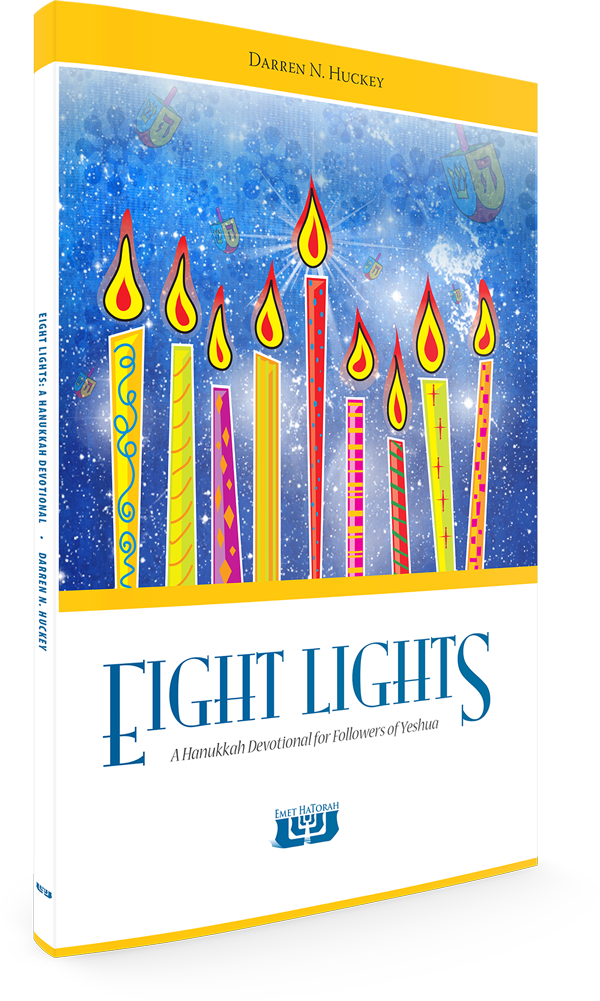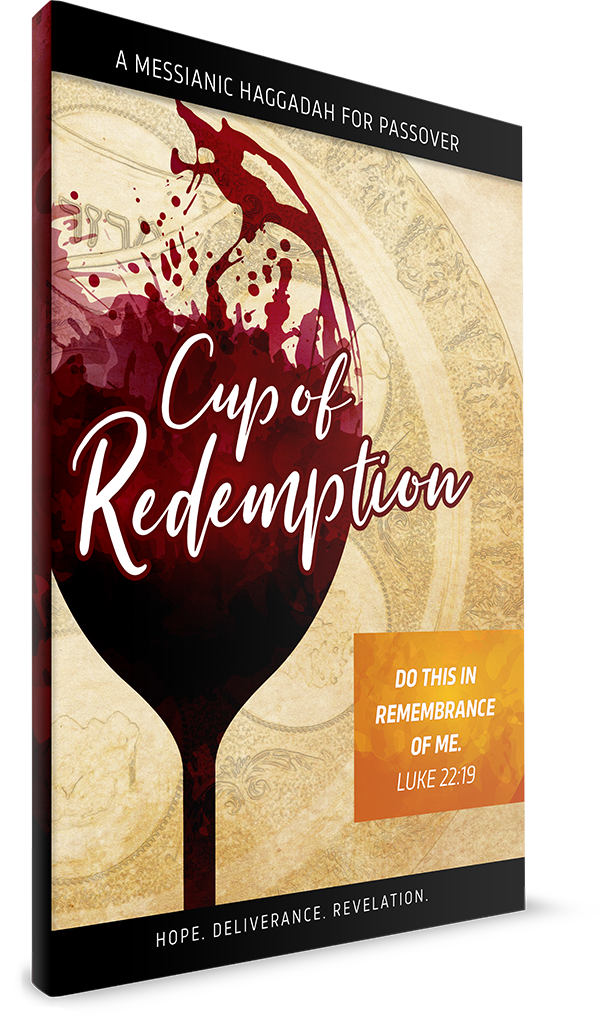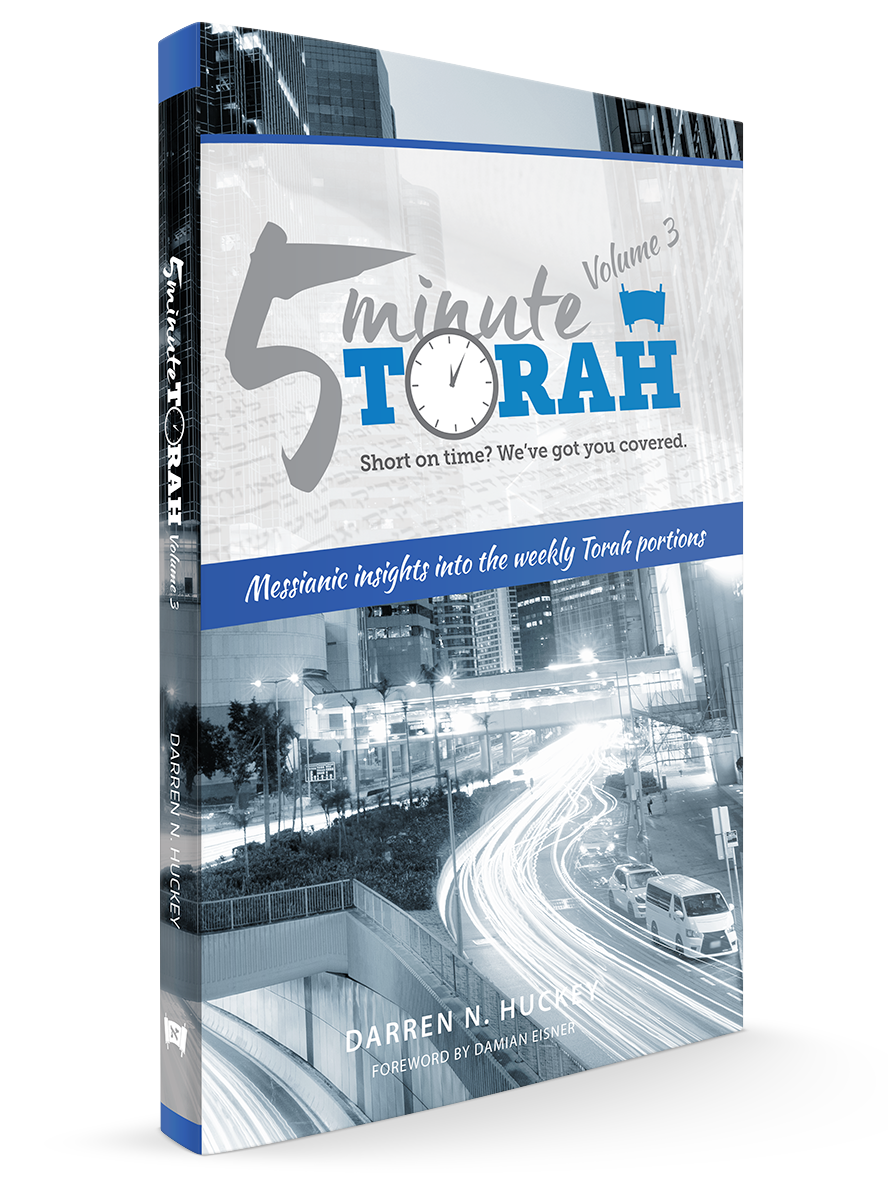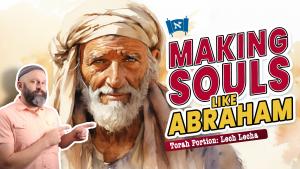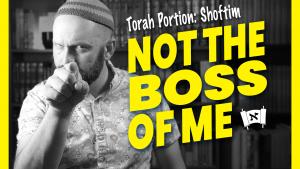Old Disciple, New Disciple - Part 1
Series:
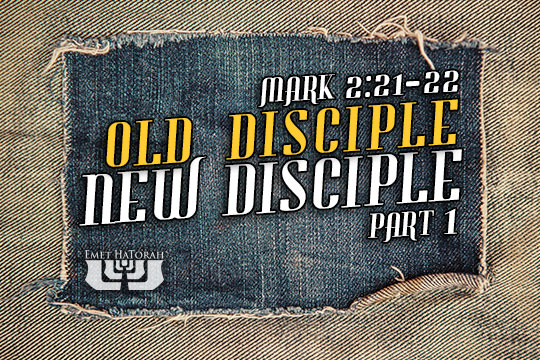
Note: This Dust of the Master is a revised and updated version of an article from 2013.
No one sews a piece of unshrunk cloth on an old garment. If he does, the patch tears away from it, the new from the old, and a worse tear is made. And no one puts new wine into old wineskins. If he does, the wine will burst the skins—and the wine is destroyed, and so are the skins. But new wine is for fresh wineskins. (Mark 2:21-22)
In Mark 2, Yeshua tells the double parable consisting of the Parable of the Torn Garments and the Parable of the Wine Skins. In this passage we hear the words of Yeshua speaking about things that are foreign to us today. It is no longer common practice to patch clothes or make wine in wineskins. However, in the days of the Master, everyone would have been familiar with these analogies. Patching garments and adding wine to wineskins were simply a part of daily life. Up until recent times clothing was a precious commodity and the common family did not have the means to purchase new clothes once the old ones became tattered. Rather than running down to the local clothing store, garments that had developed holes were routinely patched. The patches, however, could not be from a new cloth, but had to be made from “preshrunk” material. This would ensure that the patch would not shrink and therefore tear the garment.
Wine and winemaking were also a part of daily life. Wine was a staple of almost every home because it provided a safe alternative to water that had the potential of being contaminated. It was also a flavorful beverage highly praised for its medicinal value. Paul tells Timothy, “No longer drink only water, but use a little wine for the sake of your stomach and your frequent ailments” (1 Timothy 5:23).
Both Yeshua and his audience were well familiar with the fermentation process involved in wine-making. Once the juice was extracted from the grapes, it would be put into vats or wineskins to allow the wine to ferment without contamination. New wineskins (usually the whole hide of a goat) were perfect for this process, because they were slightly elastic in nature and would gently expand as the wine began fermenting and releasing carbon dioxide gas. A vent hole would be cut into the skin to ensure the skin would not burst if the fermenting process released too much gas. Old wineskins, however, did not have the ability to stretch like the new wineskins. Their elasticity had been exhausted in their first use. If one were to put grape juice into an old wineskin, the result would be just as our Master spoke: “the wine will burst the skins—and the wine is destroyed, and so are the skins.”
This double parable passage of the Torn Garment and Wine Skins is found within all three of the Synoptic Gospels: Matthew 9:16–17; Mark 2:21–22; Luke 5:36-38. It is somewhat unique in one regard. Amazingly, it is found within the same context in all three of the Synoptic Gospels (Matthew, Mark, and Luke). Why is this amazing? Because none of the Synoptic writers were eye-witnesses. They each collected their materials from other sources and compiled them to the best of their ability and arranged them in the order in which made sense to them. Only John records his Gospel as an actual eye-witness. This is why many of Yeshua's teachings and events are not necessarily in the same context from one Synoptic account to the next. One parable may be used in a particular context in Matthew but not the same context in Luke, or the chronology of events will differ from one to the other. This parable, however, remains in the same context throughout the Synoptics.
In Matthew, Mark and Luke this parable comes right after the calling of Matthew Levi. We believe his name to be Matthew Levi, since he is called Matthew in the Gospel of Matthew (an indication of the original source of this account), but he is called Levi by the other two writers. In all three accounts, the order of events is as follows:
- Yeshua calls Matthew Levi to become his disciple
- Yeshua goes to Matthew Levi's house to eat a meal along with "many tax collectors and sinners"
- Yeshua is questioned about his company
- Yeshua responds regarding those who are “well” versus those who are “sick”
- Yeshua is questioned again, but this time about why his disciples do not fast
- Yeshua responds with his Parable of The Bridegroom, the Parable of The Torn Garment, and the Parable of the Wine Skins
The sequence of events is essential for proper understanding of this parable. In Part 2 we will explore the connection between these events and Yeshua’s parables, and ultimately lead to a clear understanding of Yeshua’s teaching.

